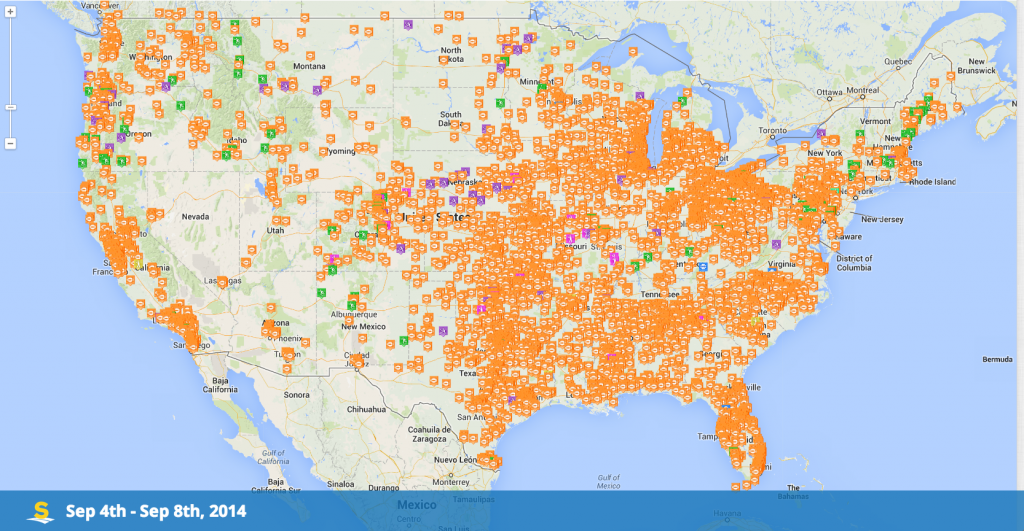I grew up in the area east of Los Angeles commonly referred to as the Inland Empire. More specifically, I grew up in the city of Rialto. When I was growing up, we had a local superstar athlete who many thought would go on to future success. His name was Ronnie Lott (@RonnieLottHOF). He did in fact go on to become famous after attending Eisenhower High School, first at USC and then later as a Hall of Fame player with the San Francisco 49ers.
My high school, Eisenhower, was not only the home to players like Ronnie Lott, but the entire Inland Empire sent many players on to careers in a variety of professional sports and continues to do so to this day. Another Eisenhower alumni, Ryan Clady (@RyanClady), is currently the left tackle for the Denver Broncos.
As a kid growing up in the Inland Empire, my Saturday ritual included waking up in the morning and reading through the write-ups of all the high school football games from the previous night. It was part of what gave you a sense of what was happening in your community. Unfortunately, as time has passed, the newspaper industry in many places has simply been unable to continue to cover many local teams. The interest of the fans has never disappeared, just the newspapers and journalists that covered it. While that is not the case in every city, and certainly not in most of the state of Texas, it is the case in many places that even to this day produce some of the top athletes in the world, like the Inland Empire.
We started ScoreStream with a couple of pretty simple ideas. First, fans are both willing and able to share the scores of their teams with other fans. Second, we felt that we could harness the power of social media and smartphones, to capture the scores and conversations about games and provide a way for fans to follow the action in real-time. Third, we felt that models like Wikipedia and Waze provided a framework that could be leveraged to capture the majority of the 7,000 high school football games that happen every weekend in fall.
So how has that worked out?
Our first year we managed to score roughly 2,000 games across the country with a few of us testing this idea. We worked with The Mighty 1090 (@Mighty1090) in San Diego and Prep2Prep (@Prep2PrepSports) in the Bay area, both of whom remain great partners to this day.
Building on this we really started to focus on building the framework to expand coverage nationally on a real time basis. While it wasn’t always pretty, we did manage to score roughly 20,000 games that second year. Like the first year, we learned a ton and based on how fast we were growing, we managed to establish some pretty impressive partnerships that I will share in my next post.
This last off season, we did a ton of core work to try to truly cover the country in real-time and deliver on the original idea we had two seasons ago. We still have a lot of work to do, but I can’t tell you how excited we were this last weekend when we covered over 4,800 games this last weekend which you can see in this map. Stay tuned for more next week!


